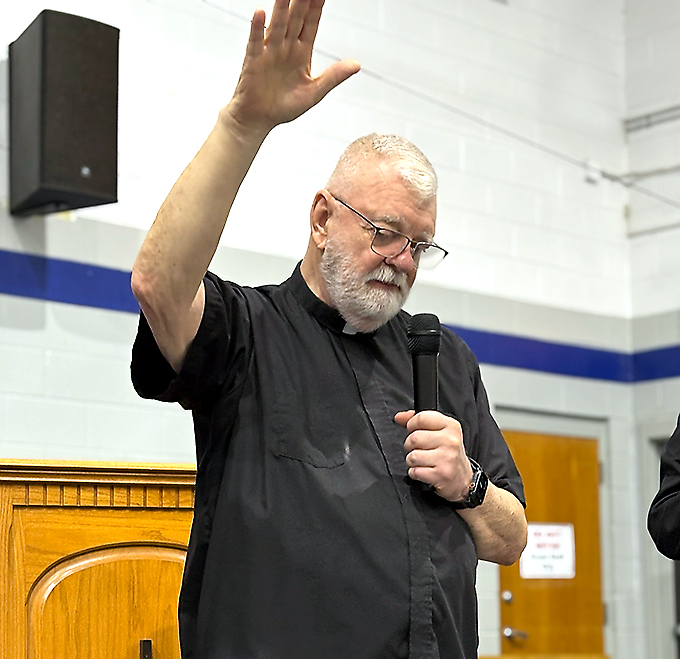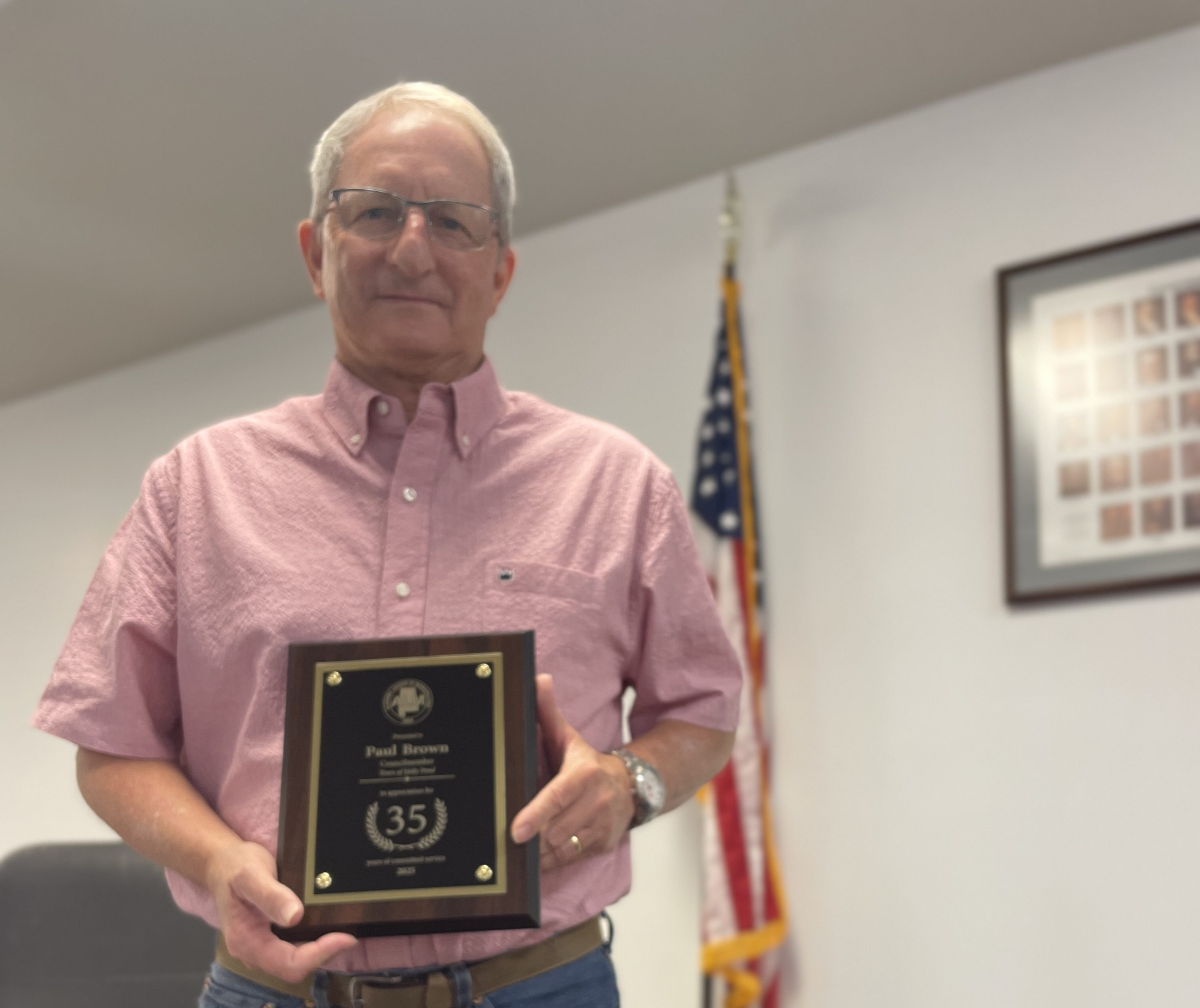Remembering Nature’s Fury: Tornado destroyed 38 homes in Fultondale
Published 11:01 am Friday, April 27, 2012
A quick windshield tour through Fultondale shows the small city is still in recovery mode after the monster tornado of April 27, 2011.
City of Fultondale Building Official Darryl Aldrich has been unusually busy for the last year. On that April 27 morning he had a rude awakening when an early storm hit his house in Tuscaloosa County.
“It knocked a bunch of limbs down, then it blew away my garage,” said Aldrich.
Little did he or anyone else know the destruction that was in store for a wide path across Alabama, and in particular Fultondale later that afternoon.
A massive funnel cloud and high winds tore into the city, doing enough damage to force 32 homes to be demolished in the last 12 months, with six more scheduled to be leveled. There was also damage to 37 businesses. The city’s gas service storage building one block off Highway 31 was also destroyed and will not be replaced.
Apartment complexes on U.S. 31 also suffered heavy damage, and most every unit had to be evacuated. City workers issued 385 permits for repairs to structures that totaled $6,074,926.74.
“We took a $6 million dollar hit from that tornado,” said Aldrich. “We calculated all the permits, added them up based on what it would take to repair the damage, reconstruct or demo. It adds up quick because when they came in and got permits, most of the people didn’t realize once the insurance adjuster had been out, there would be other things he didn’t see or more damage comes to light and you have to add to it. But we didn’t have any loss of life, so we came out good.”
Other counties were not so fortunate, as 248 Alabama residents were killed April 27, according to the Alabama Emergency Management Agency. The storm system produced a total of 62 tornadoes that day in Alabama.
Fultondale residents had never seen such destruction. In the last decade there has been some flooding that led to nine houses being condemned and destroyed near the intersection of Stouts Road and Fulton Road. (Children’s Park now occupies that area.) But that’s the closest thing to a disaster the city had seen, until last April 27.
What may have frustrated some homeowners in the old Glendale neighborhood behind City Hall was when they realized the repairs made on their houses would be guided by the city’s current code. Many of the homes in the area hit hardest were more than 50 years old.
“We have recovered pretty good, but it has been difficult,” continued Aldrich, a 14-year city veteran. “It was a unique experience and I don’t want to go through another one. The biggest complaint we have had is the vacant lots with pushed-over trees on them, but we don’t have the resources to go onto private property and clean it up.”
Since that day, city leaders have been working to prepare for the unthinkable — another tornado disaster. There was and still is no large public storm shelter, although more than 80 people jammed the library as the tornado took aim at the city.
“I have applied for two underground shelters, one at the main fire station and the new fire station down Walker Chapel Road,” explained Aldrich. “It is through FEMA and there is money available. Brookside has one that will hold 400 people. It has a generator backup system, heat and air, and totally underground. If you went out there and looked for it, you wouldn’t know it was there.”
Warrior and Kimberly have also applied for funds from the same program.
The grant is for $1.4 million, and so far the feedback has been positive from federal officials. The last update from FEMA was three weeks ago, and hopefully the city will hear more positive news soon. Once the funding is secured, city leaders are committed to building both underground shelters.
Aldrich said homeowners who have a full basement would most likely survive a tornado if they built a reinforced concrete safe room in the back corner of their basement, covered with a steel top and a steel door.
For those without a full basement, some type of small, reinforced room in the center of the house may be the best solution. It does cost money to build a safe room, but if needed, it would be priceless.
A “stick-built” house can withstand only so much pressure created by a strong EF-4 tornado like the one that hit Fultondale. There is also only so much a homeowner can do to prepare for 100-200 m.p.h. winds, and the rest is beyond control.
“I am a firm believer that if the Lord is ready for you, He will take you anyway,” said Aldrich. “But you have to be optimistic and look on the bright side. A few people were hurt here but not life-threatening. If it happens again, we will try to be ready for it.”
Because of the forward movement speed of the tornado, it was done in about a minute. City leaders hope that minute is never again repeated.
But just in case, the city is beefing up its backup systems at City Hall, including communications. Aldrich said it took a few days for all communications to be fully restored. During that period immediately following the tornado strike, it was a challenge to mount a coordinated response from all city department employees.
So far, insurance companies have paid out $2.9 billion for claims following the deadly storms of April 22-28, according to data from the Insurance Information Institute.
Statewide the insurance companies have paid about $7.3 billion in claims, which ranks it in the top 10 of all disasters in American history.





